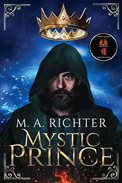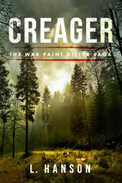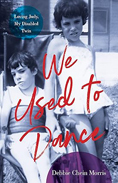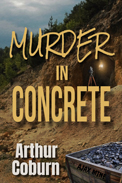by M. A. Richter
Alexander Publishing
book review by Joyce Jacobo
“You made that choice of your own free will. I want you to flourish and fulfill your potential.”
Prince Khael Stratton is a mystic who seeks to deepen his knowledge of such arts to help those in need. Following a mission, he reports to the city of Cambridge—ruled over by his brother—and has a close encounter with a pickpocket who steals his signet ring. Alongside his bodyguard, Grant, the prince manages to track down the young woman, Vixen, who suffers from a foggy memory while demonstrating a great talent for skills associated with assassins. Prince Khael finds it an odd happenstance in a time when a terrorist group known as the Chelevkori are making active attempts to eliminate the royal family for a perceived wrongdoing by his grandfather, Loren, and it is further compounded by reports that tyrannical rule has seized the city of Skemmelsham over which he rules. Prince Khael forges a contract with Vixen, and with Grant, they go on a journey to liberate the city.
This novel features a lot of interesting worldbuilding, with distinctions made between the mystic arts and magic and a solid exploration of how the political tensions evolved between the groups involved. It is also very much a love story between Prince Khael and Vixen as they seek to uncover more about her past and deal with the complications of building a relationship amid their unique circumstances. In a fantasy world where most of the corrupt guards seem focused on carnal pleasures at the first opportunity, the ties between the prince and Vixen are notable for their being respectful and patient towards each other. The action scenes are also done well and flow along at a fast pace. One of the most powerful messages in the story, however, is in expressing the dangers of having history twisted to indoctrinate communities and manipulate people. It is very relatable in that respect and a decent start to what will clearly become a much larger fantasy series.
RECOMMENDED by the US Review






